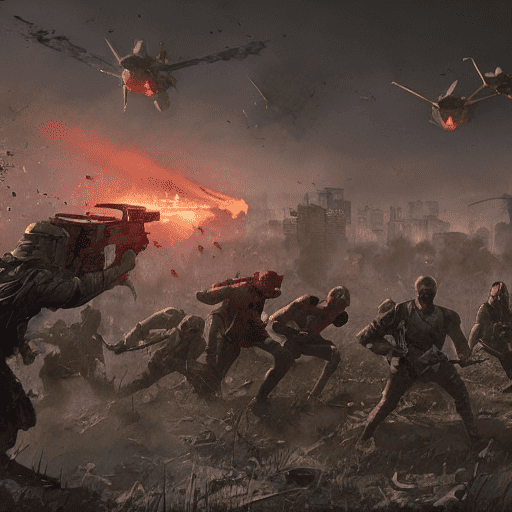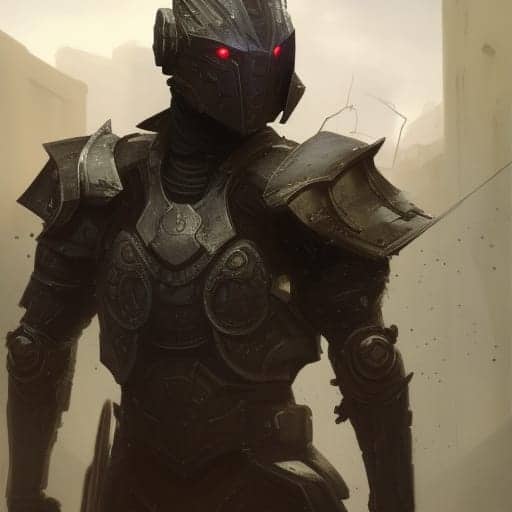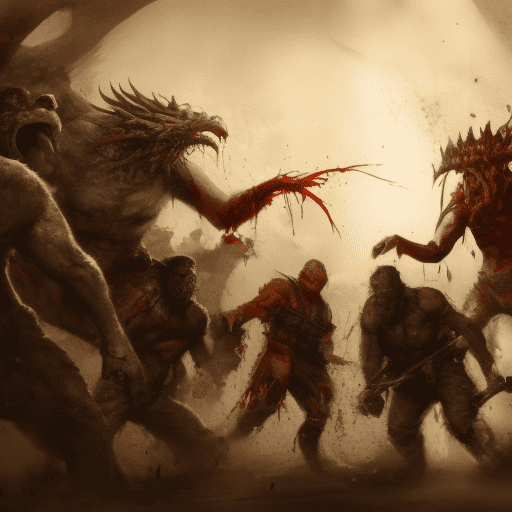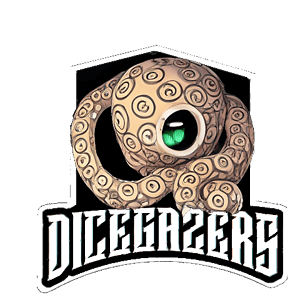The majority of people who have been roleplaying for any length of time have heard of hack-and-slash games. Basically, the game is about fighting after fighting, whereas character development games are about exploring the design and the choices of a specific character.
The biggest difference between hack-and-slash games and character development games is that hack-and-slash games are purely geared towards combat, while character development games tend to put a lot of focus on player choices which becomes the story.

How to develop a Character-focused game
There is no conventional rule when it comes to the creation of a Hack and Slash game, but sometimes one can test one’s ability to stand up to the rigors of an all-out fight by playing a one-off Hack and Slash game.
As the name implies, character-centric games are a slow burn where the player builds his or her concept into reality by slowly and meticulously playing the game. This is usually done with the aim of rounding off the character so that they can be used in any situation.
The ideal group setup is a Brute class, a DPS Dealer, and a Healer. Having a Controller/Support Character, is great, but tends to be optional based on the number of players. A standard configuration is optimal for any type of game, as someone has to play a specific role in order for the game to progress smoothly. There are certain roles that cannot be played by everyone, and there are certain roles that should be played by all players to ensure the game’s success.
It is quite possible for GMs, as well as DMs, to take on the role of supporting NPCs in the game if they wish to support the team and lend a hand with the narration.
What goes into a Hack-and-slash game
There are several aspects of a hack-and-slash game that are made in favor of the player. In many cases, the GM doesn’t see it that way. They want to stack the game in their favor and force the players to face overwhelming odds, with the GM having unlimited options for what he or she can introduce. There are, however, limitations on how much damage the player can do, how much damage the player can take, what skills they can learn, and what character they can portray.
A majority of experienced game masters suggest that these types of games should be avoided as they only serve to alienate players even more.

In addition to the players being able to stack the game in their favor, it increases their confidence in the builds they have chosen. In addition to giving them a chance to see how their characters are flawed and weak, it also allows them to see where they are lacking, especially when a specific type of enemy is thrown at them by the GM (or DM).
Palladium has dozens of Undead to be dealt with, not to mention Entities and Demons who can possess dead bodies and Silver and Wood weapons do not always work when it comes to dealing with that Undead. A team that is dedicated to fighting the Undead might not be able to handle certain kinds of Undead.
Why a game master may want to run a character development campaign
As a general rule, character development-driven games are characterized by one thing: the GM writes the story and the story is derived from the actions the players take on the journey toward understanding the world they are exploring. This type of gaming experience allows the players to be involved in the story, making them feel more involved in the world they are exploring.
To run an Adventure or story styled game, the GM needs to be more organized, including local lore, colorful NPCs, random events, etc. To successfully run a campaign-style story, GMs really need to show the impact the player’s actions have on the lives of the citizens around them.
Investigators need clues, witnesses, and even experts to provide details and timelines. Once most of the facts are known and players have a good idea of what to do next, all bets are off. GMs can easily place players in wooden sheds, turn what appears to be an orderly innocent game into utter chaos, and send their players to hell. Games should keep players engaged.
Games should keep players on their toes
Not everything has to be as it seems, and the GM can explore their story in any way that seems appropriate and logical.
The caveat here is to make sure the path from “there to here” is clear so the player is not deprived of the story and experience. Give them ways to organize their characters and give them a chance in combat. Bake clues and waypoints in the cake to guide players to specific locations.
Provide them with protected lairs where they can heal, reload, tinker with armor, and create a game plan to progress. Never let the player down and feel abandoned unless that is the nature of the game. Game settings like Beyond the Supernatural and Nightbane are supposed to be horror-style games with the explicit intention of rattling cages and traumatizing players.
If the game is a GM vs. Player scenario, the GM should inform the player of that fact. You should know what to plan for. When designing a character, give the player parameters that allow them to play the game.

The GM should discuss their game plan with their players, give them an estimated game length, and how the GM can get them where they need to be before sparking an eventual conflict. We often hear from GMs and players how dysfunctional Rifts games are. But we have to recognize that bad players are made by bad GMs, and bad GMs make bad players.
This cycle is self-fulfilling, manifested in the mindsets that perpetuate conflict. The GM needs to remember that in a game someone has to win. Players want to win. Sometimes it’s necessary to hold back wins when we’re building a story for a particular payoff. But always delaying that payment just breeds resentment.
Players must remember that the GM is attempting to frame and articulate an ever-expanding living idea. Tabletop RPGs area living story with two groups of contributors. The GM has his responsibilities, and the players have theirs. This collaboration between the two parties creates a solid foundation of trust and immersion. This is encouraged in any gaming environment.
The Pros and Cons of Hack and Slash games
Hack-and-slash RPGs are great for improving skills, formulating strategies and practicing with characters. Many games involve battles, so fights can get intense with many twists and turns. Players need to strategize and find ways to discover weaknesses in enemies.
Hack-and-slash games are better for combat simulations than actual games. This is recommended, especially when new GMs and players are trying to figure out for themselves how to best structure and develop a truly story-driven game.

We don’t get bogged down by the nuances of background detail. It’s an us versus them story. GMs are forced to juggle with their NPCs (tracking movements, attacks, damage, and ammo/ISP/PPE usage, movement, and skill performance). But they also need to take inventory of their players, track which spells they use, how it affects NPCs, protect PCs, improve skills and combat performance, and track bonuses, actions, moves, ammo consumption, ISP, and PPE…
If you are a new GM or player and looking to create an interesting scenario and complex characters, it is highly recommended to play several hack-and-slash games first. Game masters should begin with the assumption that a bit of time is required to prepare resources in terms of NPC creation, researching locations, learning the mechanics behind ranged and melee combat, cover, strike bonuses and penalties, and having reliable battle maps.

The Pros and Cons of Character Development based games
Playing character-driven games is great for helping players to conceptualize their characters and place them inside a narrative that is distinct and separate from all other stories. It is tailored and unique for this specific group and often meets the deeper emotional needs of developing and nurturing something we created into something that has a life of its own – outside of us as a collective group
Character-driven games allow players to use their skills, talents, and capabilities to craft an elaborate world for their own enjoyment. It is tailor-made for any type of play, from the tabletop RPG to a LARP whose primary mission is to develop stories about the lives of characters and participants within that narrative. Character-driven games instill a varied cast of personalities, fulfilling both realistic goals as well as broadening our social circles into other worlds beyond our own.
Character-driven games help players to develop a deep emotional attachment to their characters. The roles that they play are often more complex than in traditional games because they are connected to larger stories and plot lines.
